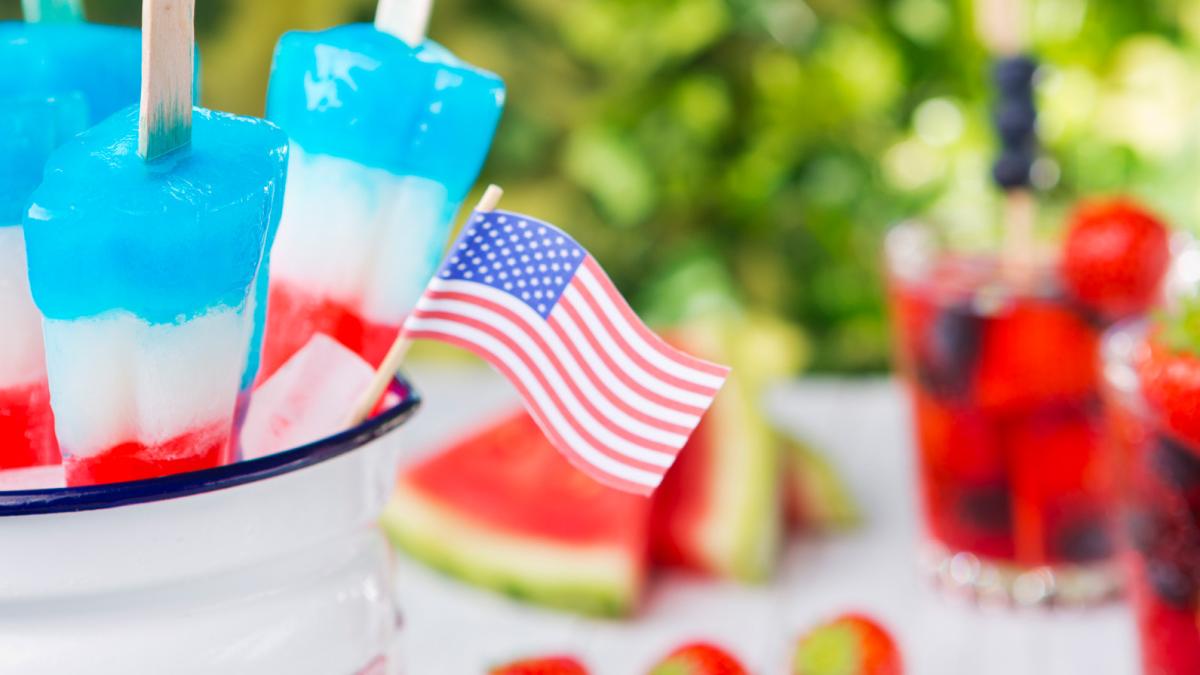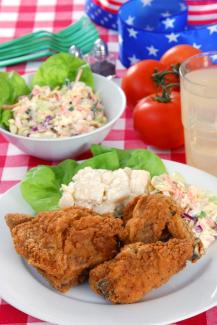Ahead of the Fourth of July holiday, we talked to Dr. Qinchun Rao, Betty M. Watts Endowed Professor in the Nutrition and Food Science program. He spoke about what everyone can do to make sure they keep their food safe while enjoying outdoor picnics and get-togethers, when the hot weather can turn a perfectly good event into a gastronomic nightmare — or worse!
How long is it safe to leave cooked meats like pork ribs, hamburgers, or grilled chicken out at room temperature? Similarly, how safe is it for those foods to be left outside on serving trays during a summer cookout?
Qinchun Rao: Cooked meats should not be left out at room temperature for more than 2 hours. However, if the ambient temperature is above 90°F, as is common during summer cookouts, the safe window shortens to 1 hour. This applies whether the food is indoors or outdoors. After this time, bacteria can multiply rapidly in the “danger zone” between 40°F and 140°F, increasing the risk of foodborne illness.
What about cold dishes or mayonnaise-based dishes like potato salad, pasta salad, or deviled eggs? Is there a time limit before they should be refrigerated or discarded?
QR: Cold or mayonnaise-based dishes are particularly susceptible to bacterial growth. These should also be kept out for no more than 2 hours, or 1 hour if the temperature exceeds 90°F. To keep them safe, they should be stored at or below 40°F, ideally in a cooler with ice or on a bed of ice while being served.
Are there any foods that are especially risky to serve outdoors in the heat without proper cooling?
QR: Yes, foods that are high in protein and moisture, such as dairy products, eggs, seafood, cooked meats, and mayonnaise-based salads, are especially risky. These items provide an ideal environment for bacteria like Salmonella and Listeria to thrive if not kept at safe temperatures.
Is there a general outdoor temperature—or temperature range—that puts food at greater risk for spoilage or foodborne illness?
QR: The USDA defines the “danger zone” as the temperature range between 40°F and 140°F. Within this range, bacteria can double in number in as little as 20 minutes. Outdoor temperatures above 90°F are particularly hazardous, as they accelerate spoilage and reduce the safe exposure time to just 1 hour.



